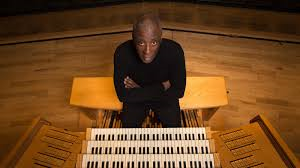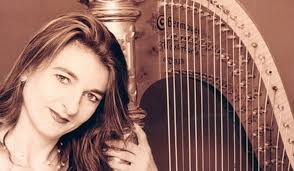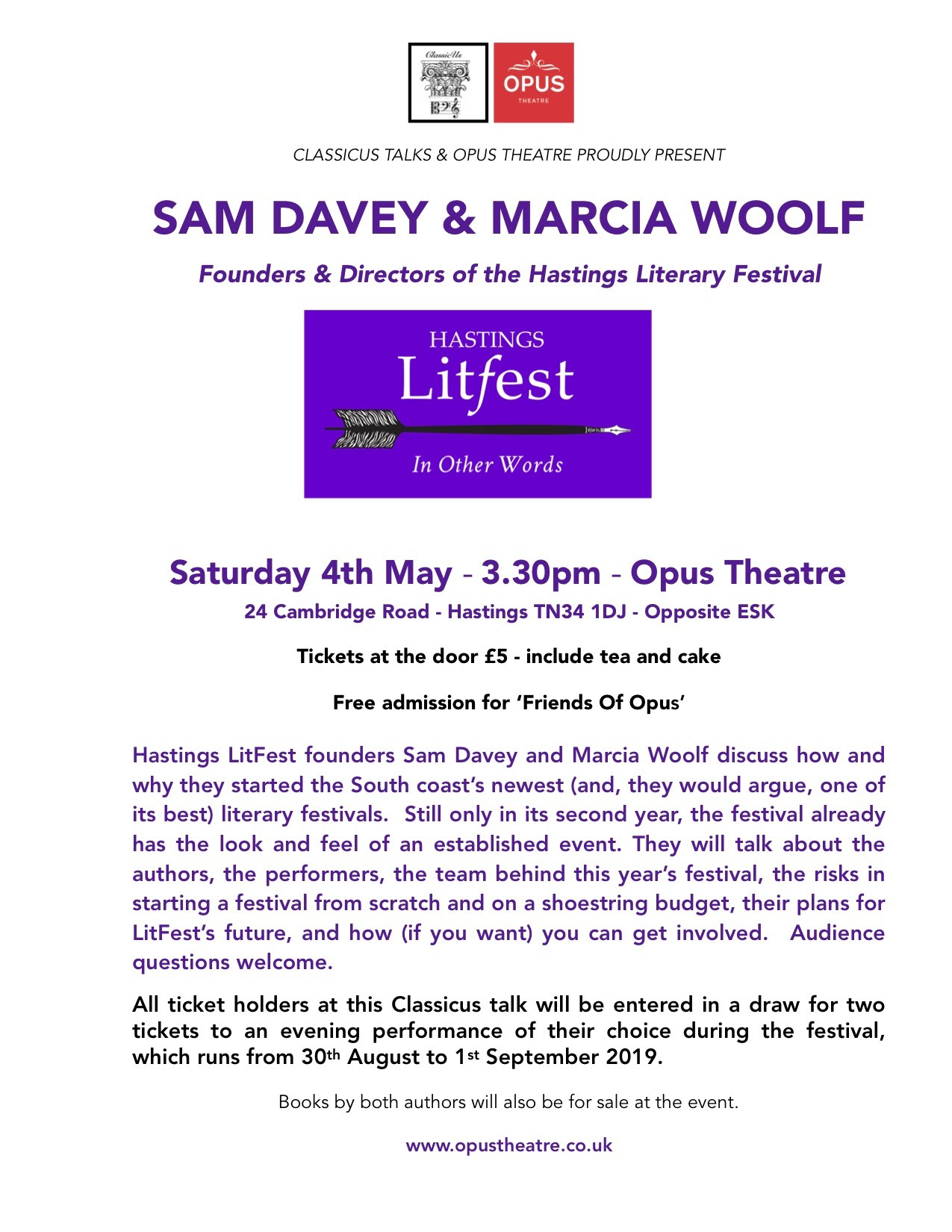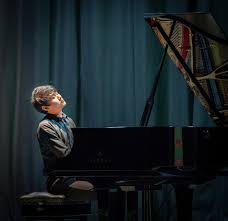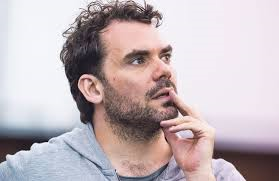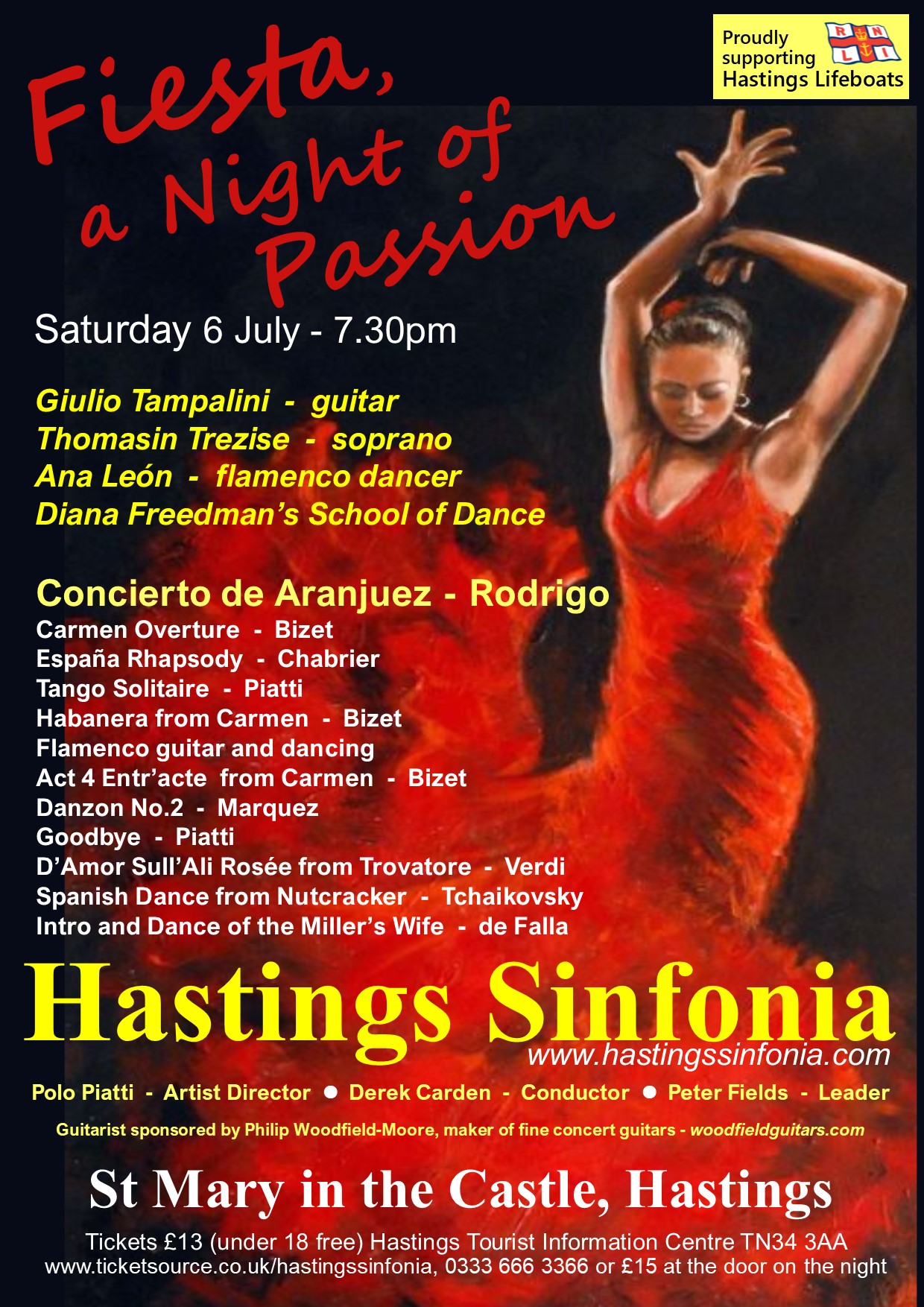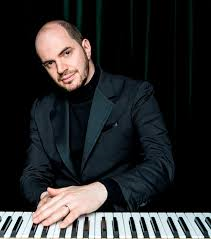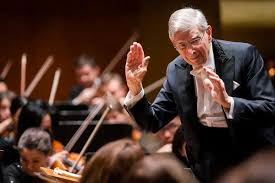Southbank Centre International Organ Series
Royal Festival Hall 29th April 2019
Wayne Marshall continues to be an excellent ambassador for the organ and in this concert presented the RFH’s fine organ in its symphonic and improvisatory modes. There was a clear historic progression in the programme which consisted of works by teacher and pupil – Widor and Dupre.
The opening work, Symphony No 6 in G minor, Op 42 No 2, by Widor, was the longest in the programme, although Wayne Marshall’s tempo ensured that the music did not drag! Clearly in the Romantic vein this music shows just how varied a palette of timbres had become available in France thanks to the new technologies of Cavaille-Coll as the mid nineteenth century organ developed into the versatile and gargantuan instruments now in existence.
To my ear Mr Marshall’s tempo was more suited to the remainder of the programme but from the outset he was in command of the instrument and performed with great panache. Some particularly well selected registrations transported us from bombastic to the tremulant muted reeds and strings, so associated with the French instruments of that time.
Dupre’s Symphony No 2, Op 26 followed. Despite being linked to the previous piece through its form and composer we were very definitely in a different place with this music. With more angular melodies, and hugely developed harmonies, together with jazz and other influences this music speaks in a much more modern language. I particularly enjoyed this performance which reflected the performer’s love of different musical genres – a position I hold to myself! Once again the organ’s resources were used to the full with contrasting and sudden changes of registration producing some startling effects.
In introducing the work by Dupre Wayne explained that the basis of his previous Symphony was found in a large-scale improvisation which he then went on to reconstruct. The art of improvisation has for a long time been an integral part of the Parisian organist’s work. It was fitting, therefore, that the culmination of the evening came with a superb Improvisation on themes previously submitted via the Southbank Centre’s website. There seemed to have been some lack of clarity as to what was intended – the usual request to be for a musical theme – when the first suggestion on the long list presented was “climate change”! This produced a rather bemused response from our organist and was subsequently rejected along with many others, finally resulting in the choice of “Music of Beethoven” and “Happy Birthday to You” (in honour of someone in the audience).
The resulting improvisation, lasting around 15 minutes, ranging in style and content, showed to great effect how accomplished and inventive Mr Marshall is. Beginning with prominent – but disguised – repetition of the familiar opening motif of the 5th Symphony it culminated with a combination of Happy Birthday combined with Ode to Joy. Along the way were many interesting twists and turns together with snatches of Fur Elise in a performance that wowed the audience and brought this very entertaining and educative evening – and sadly, this season – to a close.
SP

